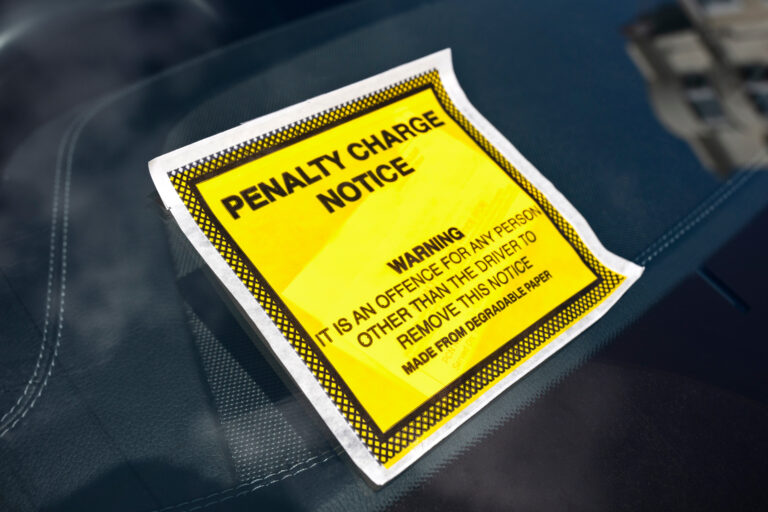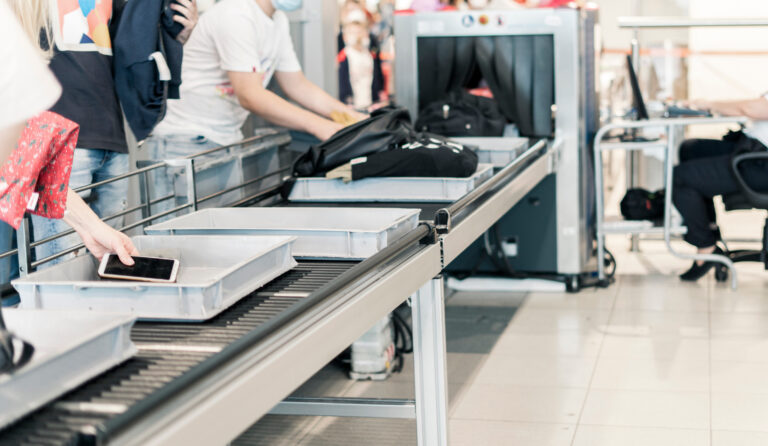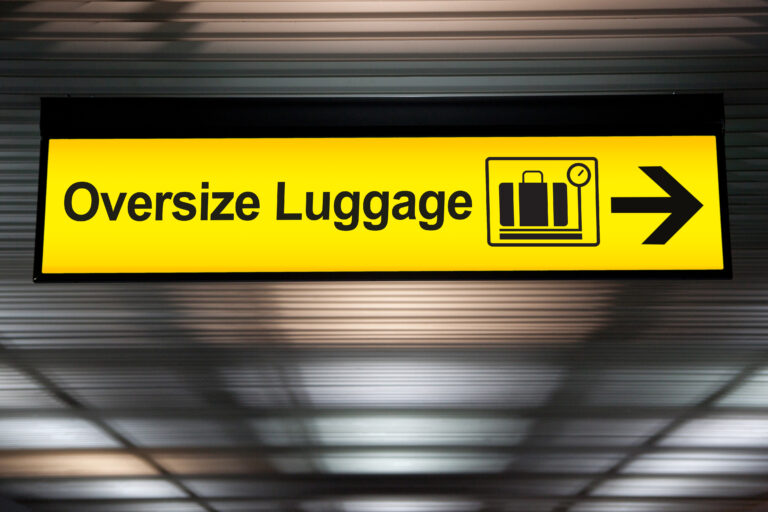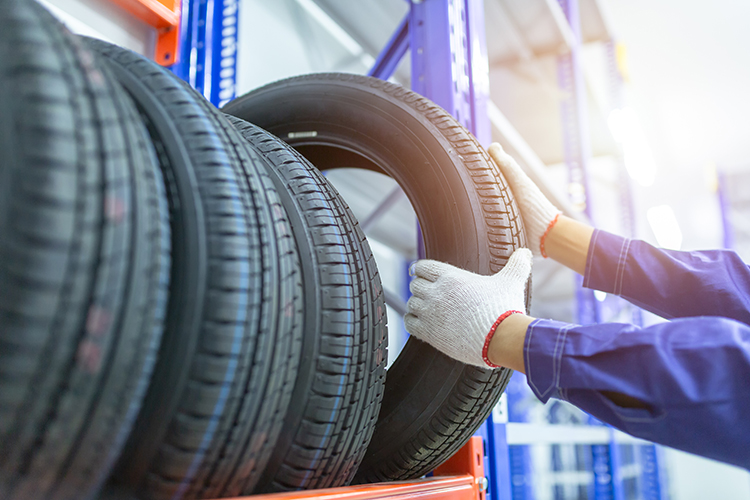
GoSkippy’s Guide to Car Tyres
In 2021, collisions involving illegal, defective, or under-inflated tyres resulted in 12 fatalities and 111 serious injuries[1]. Tyres are arguably the most important part on your car, especially in the winter months due to requiring more grip in wet and icy conditions[2]. Tyres are the only part of your vehicle that makes contact with the road, playing a crucial role in your car’s safety. Proper maintenance and using the correct tyres are essential to ensure safety for yourself and other road users. So we have put together GoSkippy’s Guide to Car Tyres for you! Read on to find out more.
When do I need new tyres?
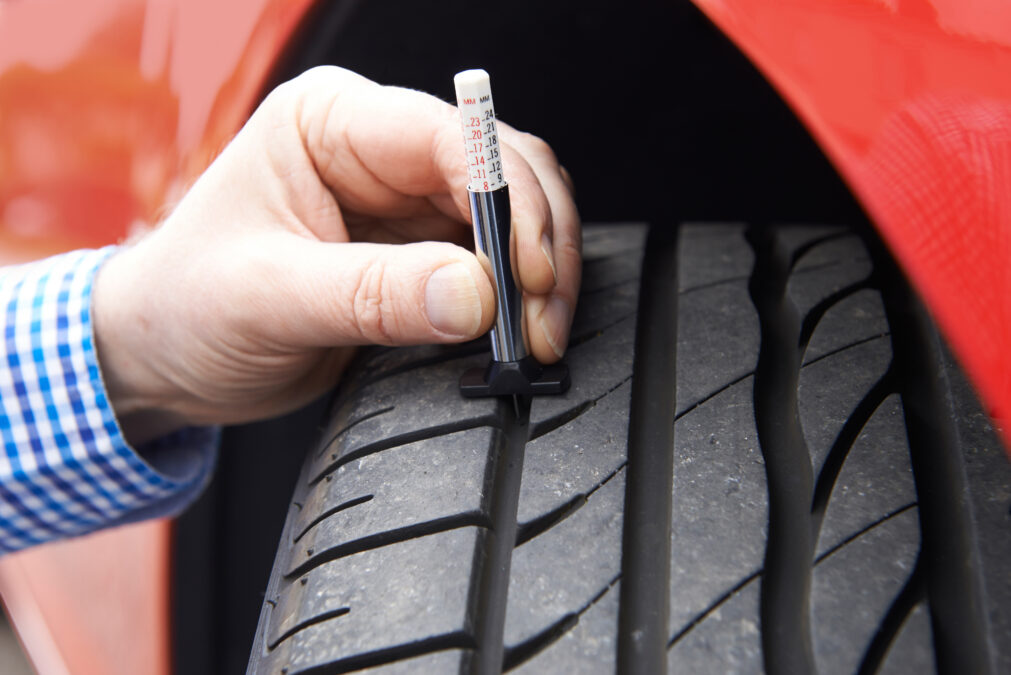
There are a few signs to look out for when checking your tyres.
- Look out for cuts, tears, bulges or other damage to the tyre walls. This could indicate that you need your tyres replaced immediately.
- All vehicles on UK Roads are legally required to have a minimum tread depth of 1.6mm. The easiest way to check this is using a 20 pence coin:
- Insert a 20p coin into the main grooves of the tyre tread:
- If the raised outer rim of the coin (engraved with “TWENTY PENCE”) is not visible, the tyre has sufficient tread depth.
- Ensure you check at least three different spots on each tyre, as wear can vary across the surface.
- If you don’t feel confident enough to decide this, you can get this quickly checked at a tyre shop.
What tyre do I need for me vehicle?
Have you ever been to a tyre shop and had no idea what tyre your car needs? Or what type of tyre would suit your driving the best?
If you’re in need of a new tyre, it is now recommended that you replace the tyre on the other side of the vehicle. This helps to balance the vehicle out, so one tyre is not moving faster than the other due to grip quality.
Before you take your car into a tyre shop you will need to know what size of tyre you require. This may not be something that is ingrained in your memory, but it isn’t difficult to find out. You can go onto the DVLA website and enter your vehicles registration; this will offer you a range of suitable tyre sizes. This, however, isn’t always an exact match to the tyre you will need. Before ordering new tyres or going to a tyre shop double check the size of your current tyre from the number/ letter combination on the sidewall of the tyre.
What do the numbers and letters on my tyre mean?
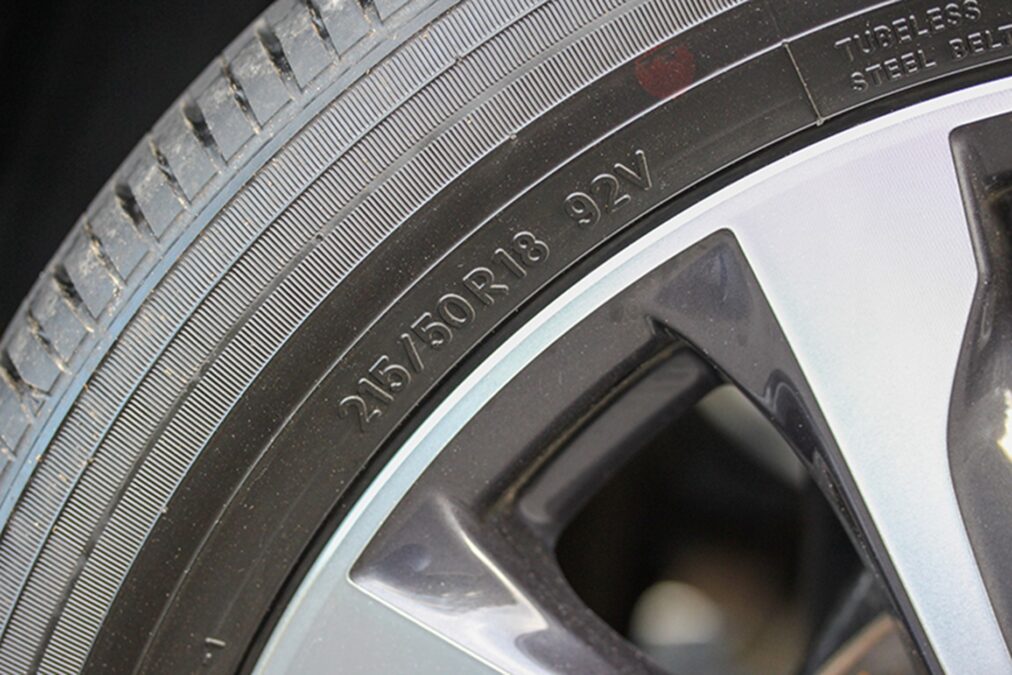
This number may look like a random selection of numbers and letters, but every part tells you some details about your tyre;
Example:
215/ 50R18 92V
Width| Profile | Rim | Load | Speed
Width- the tyres width in mm
Profile- the tyres side profile as a percentage of the width
Rim- the diameter of wheel the tyre will fit
Load- the tyre loads index
Speed- the max speed of the car, a different letter means a different top speed.
You should also set yourself a budget. Tyres come in three bands, premium, mid-range or budget.
Premium brands have their status due to their knowledge of tyres; you will find that the balance of the ride, handling and road noise is better than other bands of tyres.
Mid-range tyres can offer more in terms of performance and wear than budget tyres but less than performance, these are suitable for drivers with moderate annual mileage and that drive on both motorways and main roads.
Budget tyres are the least expensive type, but the life span of the tyre will not be as long as a higher priced tyre. You will get less miles out of these tyres, so they are not suitable for high mileage drivers. The quality of the rubber will also be lower than the premium tyres, this affects stopping distances too.
How do I check my Tyre Pressures?
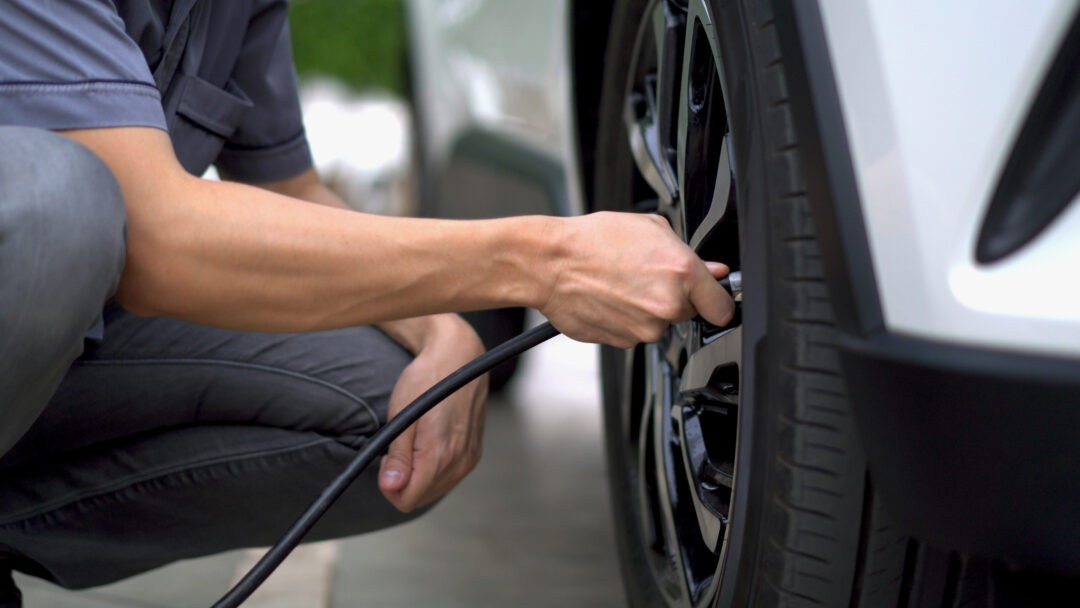
Did you know that, Driving with tyres that are either underinflated or overinflated can negatively impact your braking distance, steering control, fuel efficiency, and the overall lifespan of your tyres?
It is good idea to check you tyre pressures every couple of weeks and especially before a long journey. You can do this by:
- Locate an Air Machine: Most fuel and service stations have air machines where you can check and inflate your tyre pressure. You can also buy your own air machine to check your tyres at home.
- Find the Recommended Pressure: Each vehicle has a specific recommended tyre pressure, usually found on the inside of the driver’s door, petrol cap, or in your vehicle manual.
- Set the Air Machine: Adjust the air machine to the recommended tyre pressure.
- Attach the Air Pressure Gauge: Unscrew the valve caps on each tyre and firmly attach the air pressure gauge to the tyre valve. You should hear a small ‘hiss’ as it connects, and the machine will give you a reading.
- Adjust the Pressure: If the reading is lower than the recommended pressure, the machine will inflate your tyre to the correct level. If the reading is higher, release some air until it matches the recommended pressure.
We hope this tyre guide has been helpful for you and you can now feel more confident when purchasing and looking after your tyres.
Has your tyre been damaged by a Pothole? Take a look at our blog on Pothole Damage Claims.
Looking for Car Insurance?
Get a quote today with GoSkippy!
[1] RoSPA Tyre Safety Factsheet
[2] Winter Driving – Greater Manchester Fire Rescue Service
[3] Highways-England-Vehicle-Safety-Checks-2017.pdf (think.gov.uk)
Disclaimer- Articles are for general information only – customers should always seek their own independent advice. GoSkippy is not affiliated with the organisations/businesses mentioned and does not recommend or endorse any of the included products or services. For more information please visit our disclaimer.
